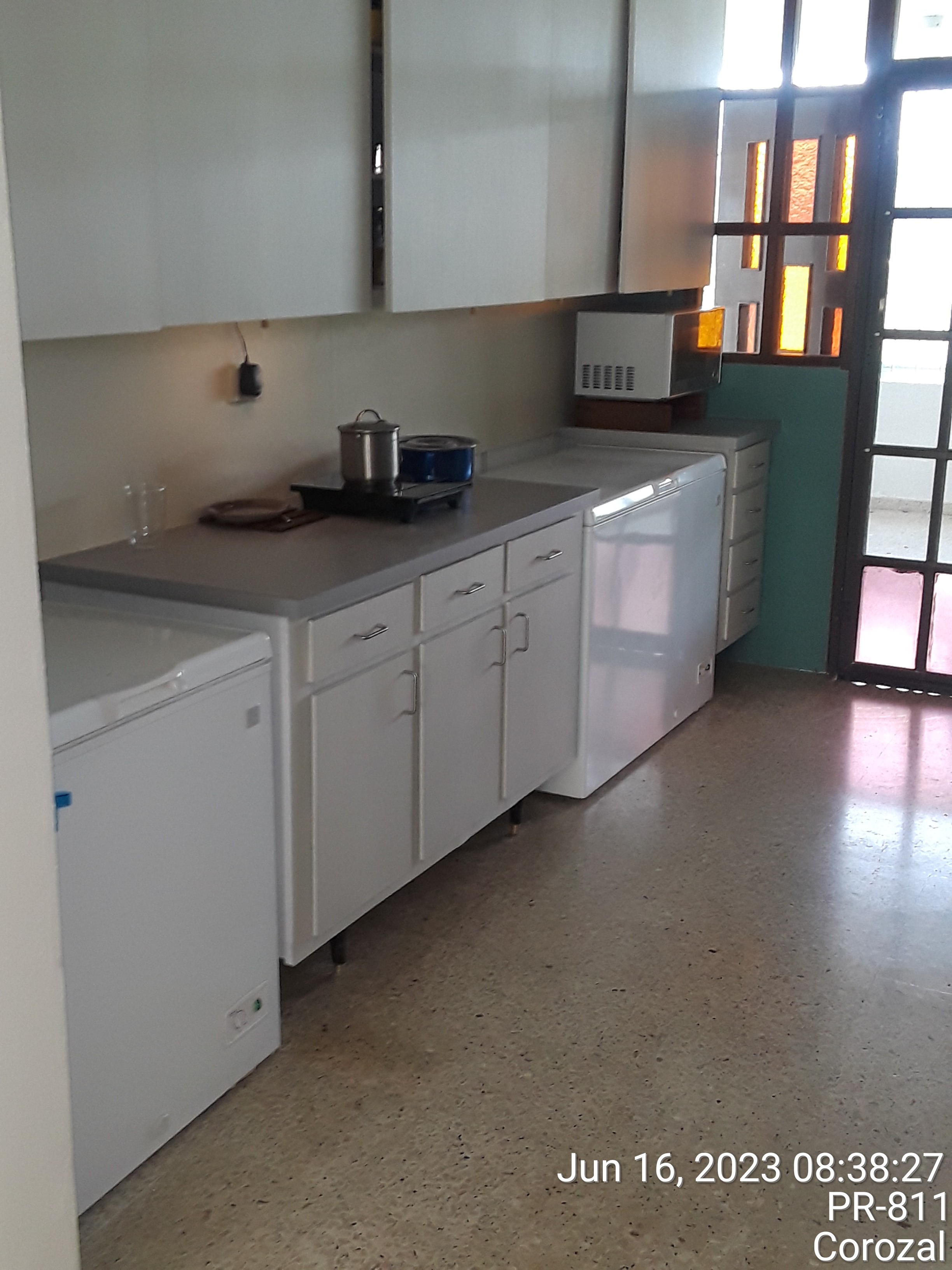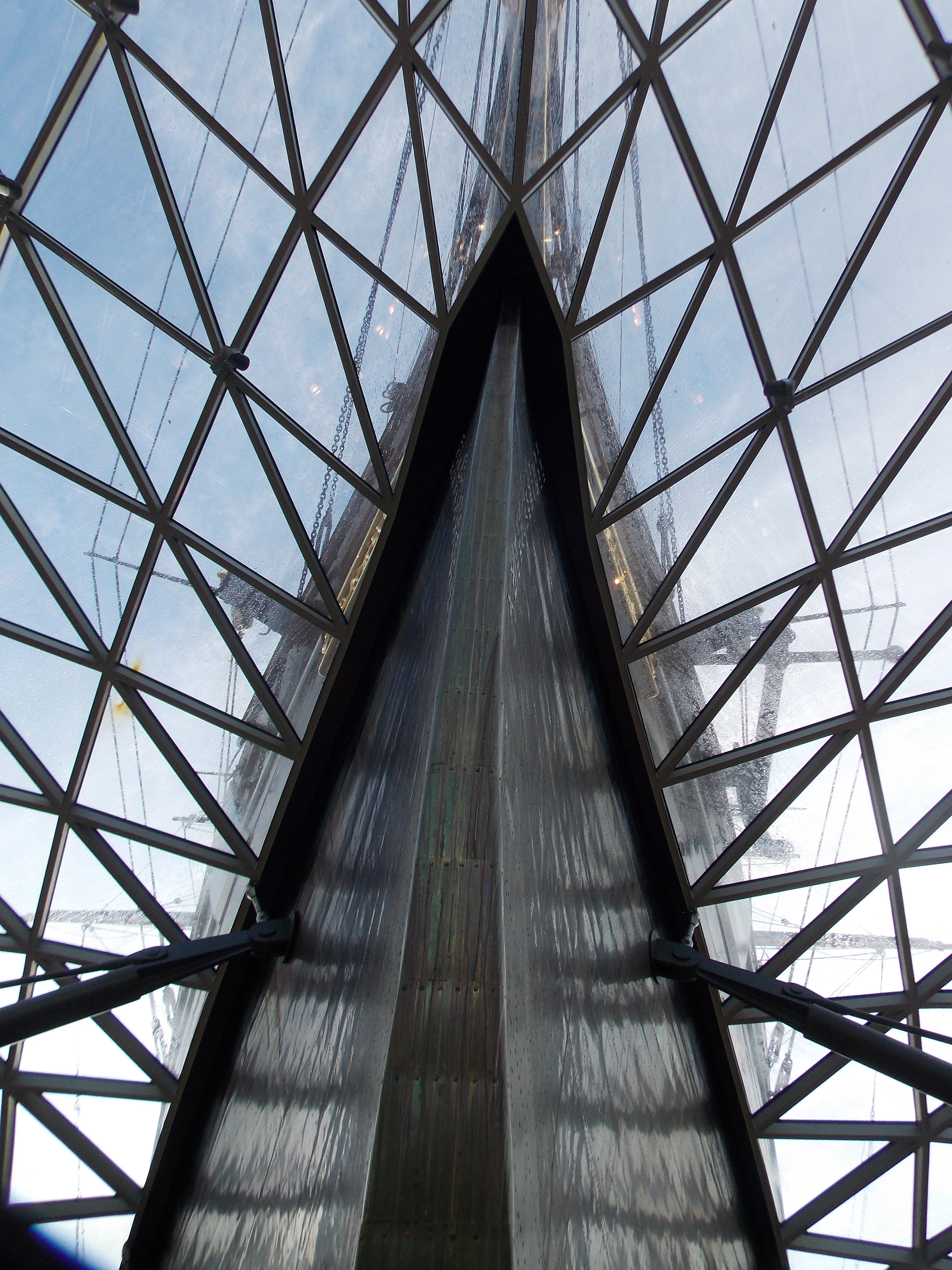I was looking back at reddit posts (while deleting them), and I realized I’d written a book worth of stuff about this topic. I would write it all again, if it is helpful. But for a brief synopsis of “how it works”, here is what one does:
Assess power needs - look at your living standard and catalog all the devices you power, and estimate the time they operate - power is measured in watts, and time in hours. Multiply to get watt-hours; then divide by 1000 to get kilowatt hours. Compare with your utility bill.

I think in DIY solar PV it is very useful to think about not trying to connect your entire 240V AC house network like most commercial turn-key solutions do.
Sometimes the better place is to look for options to directly utilize the 12/24V power or use smaller inverters at specific places, like directly connecting a heat-pump that’s near the battery pack anyway or something like that.
Of course this assumes that you are not entirely off-grid. Although then it is worth considering to have the main house network use 12/24V DC similar to a caravan or a boat.
When we built an off-grid house, I considered building in 12V circuitry throughout, but decided against it. There were two reasons: 1) providing a significant system of 12V circuitry required a bit investment in wire - at 12V, the amperage for delivering significant power is relatively high and power dissipates in wire proportional to the square of the amperage. You have to provide big wires compared to the size of AC circuits (10X more voltage means 10X less current). and 2) the market for 120VAC devices is huge compared to that for 12V devices. This means there is a lot of efficiency of production and distribution. A 12V refrigerator is a specialty item and few are made or kept in inventory - if they are, it is for a luxury market and prices tend to be inflated. But people are replacing 120V refrigerators every day so an appliance store can stock them. Repairmen are familiar with them. There are a lot of choices of models.

Agreed on the wiring for larger houses, however I don’t really agree on the appliances side. In some cases it’s true but then you can just add a small inverter just there to run the fridge only, but the market for caravan equipment is huge otherwise and those appliances have the big advantage that they are usually already optimized for low power consumption and thus the overall size of your PV system and especially the battery can be smaller.
The main appliance-economization we used was to not have an upright refrigerator. Chest-type freezers work on the same principles and with the same machinery, but because they are made to be colder, they tend to be better insulated. Also, when you open them, the cold air does not spill out (and be replaced with warm, tropical air). Of course we don’t want everything to be frozen, so we replaced the freezer thermostat with a refrigerator thermostat ($20). Unfortunately refrigerator thermostats come with a different knob-shaft to keep idiotic repairmen from installing the wrong type, I suppose. So that required a bit of “customization” to make the factory knob fit the “wrong” thermostat. One must be flexible! I like the low-form look it gives the kitchen.
left (smaller) unit is a chest freezer unmodified. right (larger) unit is modified to refrigerate but not freeze.


Excellent idea with the freezer to fridge conversion.
I thought of hooking up the washing-machine directly to my solar-thermal hot-water system to save energy, but apparently that is very difficult to control and the washing-machines made for it are indeed very rare and super expensive. But I guess that is only a problem in the slightly colder climates.

I went for a compromise: my house is equipped with 24 V DC cabling (PC PSU sockets as wall sockets) and likewise has a 240 V inverter.
Small stuff that is always on (router, alarm system) connects to the DC lines with DC/DC converters. Also: circulation pump, LED lights, 3D printer, small battery chargers - these use DC.
Most rooms have fairly limited wiring, so a huge amount of copper wasn’t spent… except in the direction of the water tank. In that direction, wires are massive because my opportunistic heat storage system (when the season is cold and excess solar energy becomes available) also uses DC.
Big stuff (charging the car, pumping heat or irrigation water, drilling, welding, cutting) uses AC.

I strongly recommend to have a look on this website:
https://re.jrc.ec.europa.eu/pvg_tools/en/tools.html#SA
You can input your location, your daily consumption, your battery capacity and the amount of panels you have.
From that the website will use a database including the weather in your area and the mountains around you to generate a report that tells statistically you how many days per month your batteries will be empty.
It’s taking into account the fact that you can have several days with no sun, the fact the in winter the sun might set behind a specific mountain …
Excellent; this seems to show my system has a high reliability, as I have observed, and at the most severe conditions, about 10% or 15% reserve capacity. I expect to have an EV later this decade, and my existing house system will not provide for that. I may need a stand-alone system for EV charging, or some EVs have their own charging (Aptera looks attractive, there may be others?) I haven’t figured it out yet.
Next, consider power use CHANGES that you will have off-grid. That might entail being more efficient in some ways, but there can also be additional uses. If you have your own water system you might add one or more pumps. You might switch to solar water heating. You will find a budget for your future power use this way.
With a power budget in hand, you can turn to consideration of the local climate. If you are going to use sun 100%, what is the duration of a “bad” stretch of cloudy weather? A lightly overcast day can still give you 50% or more of the normal solar power - but all-day heavy rain clouds can knock that down to 10% or less. If you have long periods of such weather, then your battery storage needs could be immense and make off-grid solar out of reach. The solutions to this are grid-tie for backup or an alternative power supply: commonly that will be a generator and/or a wind generator depending on circumstances. Of course a person can economize with power use when they SEE that it is not a good solar day and thus cut back on demand. On that basis, I have found that two days of storage is about right for me.
How long does the sun shine during the short days of the year? Here in the tropics, it does not vary much and short days are still 11 hours. But your mileage will vary depending on latitude. And even if there is daylight for 11 hours, that does not mean there is output from solar panels. With a clear horizon most of the way around us, we start seeing PV output about two hours after sunrise and dwindling to an ineffective level about two hours before sunset. 7 hour of sun. But there are often passing clouds that knock down the output some. Still 5-6 hours is pretty guaranteed.
For an example now, I look at my pre-off-grid power use of 200 kWh per month 6.6 kWh/d and factor in some economizing. We concluded that to make an affordable system, we would avoid night-time heavy power uses: water pumping, laundry, and dishwashing machine use. So for our two-day battery system, we chose to install 9.6 kWh of battery capacity. It is a 48V bank (4 x 12V in series), so that means 9600/48 = 200 amp-hours. We found 100 amp-hour lithium batteries, which give 100% of rated capacity, compared to only about 40% of safely-usable lead-acid capacity (for reasons of extending battery life, not because of use hazards). So we have two sets of batteries with four in series in each set.
I have batteries sufficient to run the house two days (with care), but how to charge them? Time to look at the solar panels. I’d want to charge the batteries in a day, though if I could at least charge more than a day’s use I would be making “progress” So this brackets the power I need from my PV array: some where between about 5 and 10 kWh. I have already mentioned that there are 5-6 hours of useful sun, so my PV array will be between 5000/5 = 1000 watts and 10000/5 = 2000 watts. Because solar panels have become about the cheapest component of a PV system, I went high and installed 2000 watts of panels. The array is made of panels that produce about 10 amps and there are sets of three in series to boost the voltage up to about 140V DC. Two sets of three panels output 20 amps, so a 60 amp MPPT controller is sufficient. MPPT controllers convert high array voltage to the proper DC voltage for powering an inverter or charging batteries.
The house is in the USA, so it is wired for “split phase” 240 volts. Split phase means two “hot” wires that are AC power 180 degrees out of phase, each 120 volts from “neutral”. If you measure from neutral to either hot you see 120, but if you measure between the hots, you see 240 - magic! Anyway, my last house was built for off-grid and all the circuits were on a single phase. There are quite many inverters available that can deliver single phase output, and relatively few that produce split phase output. Some of the single phase inverters are “stackable” meaning they will work together to deliver greater wattage, and this means they have to “phase match” - stay in phase so they both are making +120 volts at the same time; or else there will be fire. But they can generally also be configured to operate out-of-phase by precisely 1/2 cycle and thus produce split-phase 240V power.
By consulting an Ouija board, I discovered that I could live with a 4kW inverter. That is split phase. But there are per-leg limits and peak amperage limits and various arcana that I did not explore sufficiently. Although the small 240V clothes dryer we inherited with the house was listed as 5000W, it had “economy” settings we thought might be usable. But no, the inverter would buzz and alarm at us if we tried it, even with everything else carefully switched off. We may find a “ventless” heat pump dryer eventually, but we line-dry our clothes. The next largest power uses are an induction cook-top that wants about 1200 watts, and a couple of water pumps that are less than 1000 watts. The lights are all LED. There is no air conditioner - the greatest power use by far in a house when present. We have a solar water heater.
The rest of the off-grid installation is safety equipment. Two main categories come to mind. The first is lightning protection. The panels on the roof are aluminum and mounted on aluminum structures. They need to be well grounded! Grounding something on your roof can make you more prone to strikes (but I am vague on this - some things I’ve read make me think it reduces the chance of a strike; like sailboats are rarely struck at sea because the mast tends to be well-grounded and if there is a strike it rarely injures people or equipment), but however it works, the equipment of an off-grid system is expensive and protecting it is not. There are lightning arrestors that act as high-speed switches to ground high voltage on the protected circuits. I have Delta arrestors on both the AC and DC circuits. These devices cost about $20.
The other category is breakers. US electrical codes call for breakers between panels and charge controller, between batteries and connected equipment, and between inverter and loads. But these were not required when I first had a PV system 25 years ago, not even available, and I learned to be very careful and attentive to my power system. Now I live in a concrete house and though a PV system stores a great deal of energy and a fire would be very exciting without doubt - I do not perceive the risk to be great enough to warrant the considerable expense of some of these devices. DC breakers are quite a bit larger and more expensive than their AC counterparts. If I were in a wood-frame house, I would absolutely have all the recommended breakers, or perhaps suitable fuses. As it is, we keep a pair of big dry-chemical fire extinguishers and check the pressure every year.
Nobody is looking over my shoulder on these matters: there is no homeowner insurance, no building inspector. If there were, then everything would have to be to code and nothing to even consider.
Nowadays, I have a grid connection with a venerable Intermatic timer switch. The switch has adjustable tabs on a 24-hour mechanical clock. When the timer reaches an “ON” tab, the switch energized an 80-amp contactor which connects my inverter to the grid. Once the inverter decides the grid power is stable and in the proper voltage range, it quits using battery power and starts passing grid power to my house service panel. Although the house main disconnect is 100-amp capacity, the inverter is only 4kW, which corresponds to peak amperage of 16 amps at 240 or 32 amps at 120, more or less, so even the 80 amp contactor is a bit of overkill for now - but you never know when I might have to replace the inverter, so 80 amps give some flexibility. Anyway, I have removed the ON tab so the grid power never reaches the house.

